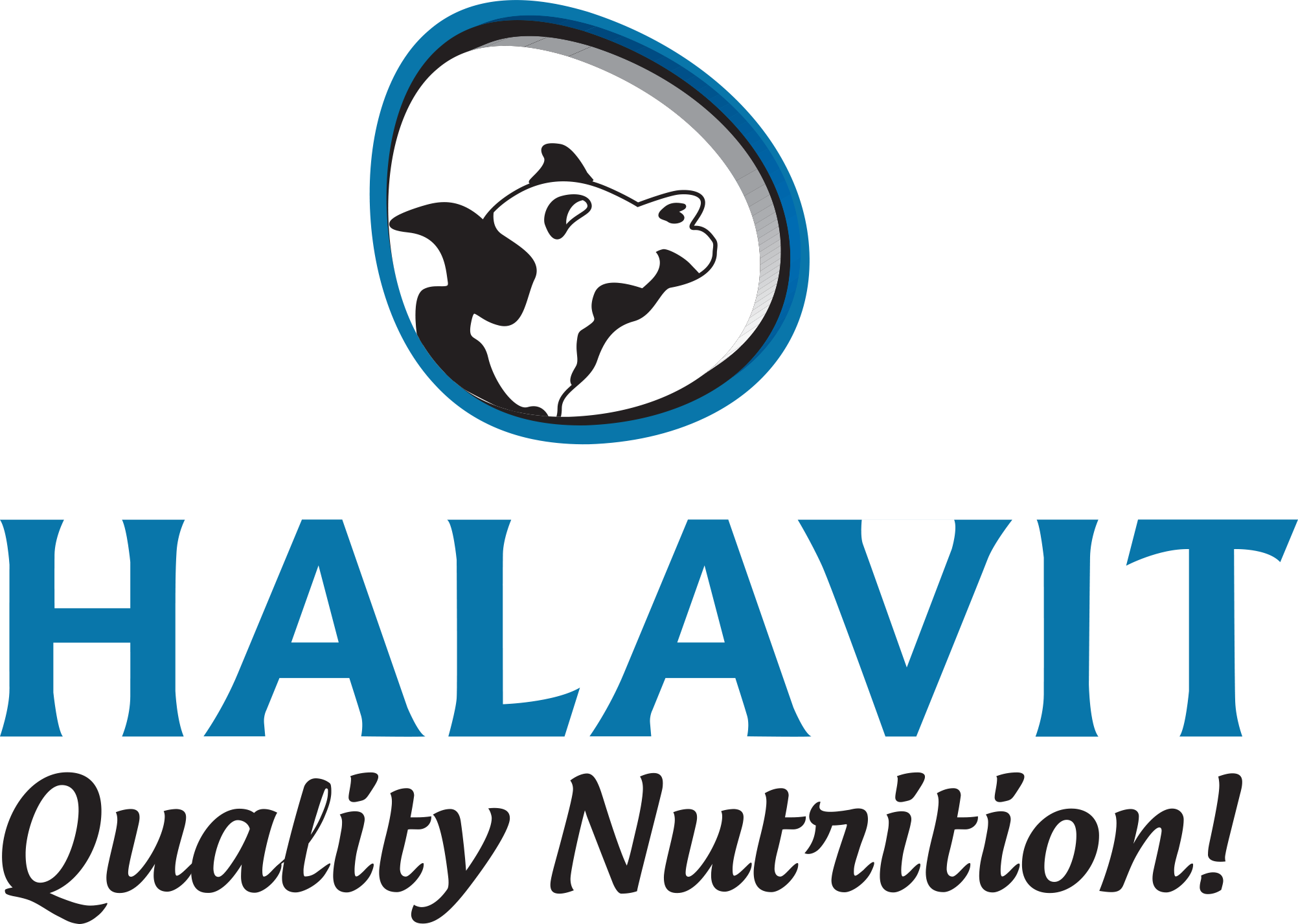Young Calf, notes for good management
Israeli dairy farming is well known worldwide for its high yielding cows and most advanced dairy technologies.
The country’s herd consists of 120,000 milking cows and an annual average production of 12,460 liters per cow (2017).
In order to maintain such impressive performance for the long run, one must start at the beginning- rearing of healthy heifers.
The female calves in the dairy farm are literally the future of the dairy and therefore must be treated the best available way in order to continue building up the best producing cows for the future.
Day of birth
The first day of life is the most important day for the calf’s health.
During the first hours after the calf is born, the farm has two major tasks:
The first is to separate the newly born calf from his mother, dry the calf if necessary and carefully move it to a clean and protected place.
This place must be well cleaned and disinfected in advance, prior to the calf’s arrival.
The second task is to provide the colostrum correctly; calves are born without antibodies in their blood system, therefore colostrum consumption is vital for their protection until their immune system is fully functioned.
Recommendations for Colostrum feeding (based on a Holstein calf of app 40 kg)-
During the first day of life the calf should receive at least 4.0 liters of high quality colostrum.
Our recommendation is to feed soon after birth 2.0 liters of colostrum and immediately continue and offer a second lot of 2.0 liters.
If the calf consumes the whole quantity of 4.0 liters given soon after birth, it has had a sufficient amount of colostrum for saturating its needs. If the calf does not consume the second lot of colostrum, the calf should be left for 2-3 hours and then be fed again 2.0 liters of colostrum.
*Rule of thumb- colostrum requirements for the first day are 12% of the calf birth weight.
Naval treatment– soon after birth, dip (or spray) the naval cord with a commercial disinfection product based on alcohol (the alcohol’s purpose is to dry the naval cord in addition to its disinfecting properties).
Other treatments to be carried out during the first day of life- act according to the experience of the farm or follow the advice of the veterinarian / professional dairy advisor.
The second and third day of life:
Feed twice a day 2.0 liter of colostrum.
From the second day onwards, clean drinking water should be offered for free consumption by the calf.
Milk feeding and dry feed chart for the dairy calf (female and male)-
| Age of calf (Days) |
Milk per feeding (Liters)* |
Milk feedings per day | In case of milk replacer feeding Gr per day |
Expected dry feed consumption Gr per day |
|---|---|---|---|---|
| 1 | Colostrum | As described above | ||
| 2-4 | 2.0 (Colostrum) | 2 | ||
| 5-14 | 2.0 | 2 | 500 | 150 |
| 15-21 | 2.5 | 2 | 625 | 300 |
| 22-42 | 3.0 | 2 | 750 | 600 |
| 43-50 | 4.0 | 1 | 500 | 1000 |
| Weaning according to farm condition 50-70 days |
4.0 | 1 | 500 | 2000 |
* For milk replacer same volumes with 125 gr per liter concentration.
* This chart should be treated as a guideline only. Feeding should be adjusted to the farm and climate conditions.
Dry feed feeding and weaning
After the first week, dry feed should be offered.
Since the dry feed extremely enhances the calf’s health and performance (body weight gain), it is highly important to get the young calves to eat the dry feed as early as possible.
Dry feed must be of high quality and designated for young calves. Serve fresh feed daily.
Safe weaning can take place after calves consume sufficient quantity of dry feed. Normally, under good management at the age of 50 days calves will be consuming 2.0 kg of dry feed daily and can be weaned.
At weaning time, daily control and taking care of the calf’s health status is vital.
Yossi Lidsky , M.sc animal nutritionist,


